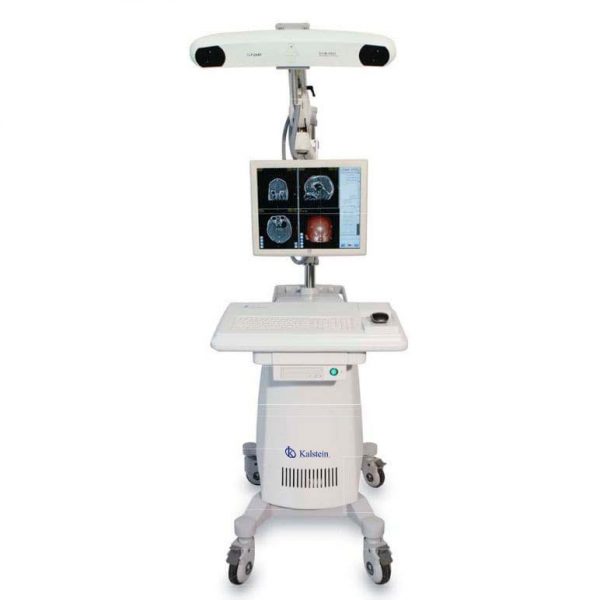A surgical navigator is a sophisticated medical equipment that is used in the planning and precise execution of surgical procedures in operating rooms, that is to say they act as a guide to other surgical instruments such as the scalpel. Its structure consists of a series of instruments that are connected to screens by sensors with imaging methods.
These medical devices provide optical tracking capabilities as well as integration with external devices such as microscopes and ultrasounds. These equipment allow to perform the corresponding calculations thanks to specific software and based on sensors that are placed in patients during the operation. Its function is to help the surgeon make decisions about the orientation of the cuts to be made, implant positioning or management of ligaments and surrounding tissues.
Uses of a surgical browser
Surgical browsers do not replace the human element, which remains the main factor when treating a patient, but can become a quite useful tool if handled by expert hands. Among the procedures where optical surgical navigation systems can be used:
- Biopsy.
- Catheter placement.
- Tumor resection.
- Decompression of the column.
- Pelvic or spinal fixation.
- Treatment for spinal or sacral trauma.
- Deep brain stimulation electrode positioning.
The planning of a surgery through an image obtained by means of a tomograph entails the precise execution of any surgical procedure, since it allows the specialist to be sure of the possible unforeseen events that may arise during the surgery, thus generating a faster and less painful response for the patient, and saving in turn moments of tension and time in the operating room.
Technologies present in a surgical browser
A surgical navigator is a GPS with which the surgeon can check with millimeter precision during the surgery in which anatomical place is located and the exact position on which it should act. The operation of this equipment is based on the principle of stereoscopic vision with high precision and low cost. Currently these equipment of surgical navigation systems mainly include systems with polaris technology, micron navigation and others.
The surgical navigator aims to help accurately locate anatomical structures in open or percutaneous procedures. They are now considered an integral part of computer-assisted surgery. That is, they provide surgical procedures based on digital imaging technology and give surgeons the opportunity to perform preoperative planning and precise handling of instruments during operation. Surgical navigation systems work with conventional imaging techniques such as CT scans or MRI scans.
What do we offer you in Kalstein?
Kalstein is a company MANUFACTURER of medical and laboratory equipment of the highest quality and the best technology at the best prices in the market, so you can make your purchase confidently with us, knowing that you have the service and advice of a company specialized in the field and committed to innovation. In this opportunity we present you new electromagnetic surgical browser YR02143 assisted by computer, its main characteristics are:
- It is widely used for surgical visualization, planning and navigation to help minimize iatrogenic trauma to surrounding brain tissue and reduce the risk of surgical complications in cranial procedures (such as cranial neurology and ENT surgery).
- The advanced optical tracking system tracks real-time 3D position and orientation of active or passive markers attached to surgical tools, for exceptional accuracy (1.0 mm spatial resolution) and reliability.
- The method of 3D simulation and modeling of anatomical structures in material (such as skin, skull, brain tissue or target injury) can be easily defined by surgical convenience.
- With the navigation probe and advanced optical measurement technology built in, the surgeon can easily quantify the size and position of the lesions, then scientifically design the surgical approach.
- The system provides operators with four navigation modes for comprehensive monitoring of the navigation process.
- The intelligent software will help calibrate and compensate for unexpected changes in anatomical structure and brain change induced by removal of the intracranial lesion area.
- The YR02143 navigation system can be operated with a surgeon mouse or a touch monitor mounted on the mobile cart or on the ceiling hanger arm.
- The system automatically stores all patient image data and log information to allow the surgeon to quickly charge and continue surgical navigation against the unexpected power outage.
- It can be used for all neurological and ORL surgeries, especially in deep intracranial lesions, small intracranial volume lesions, small-edge intracranial lesions and minimally invasive surgeries.
For more information we invite you to take a look at HERE

